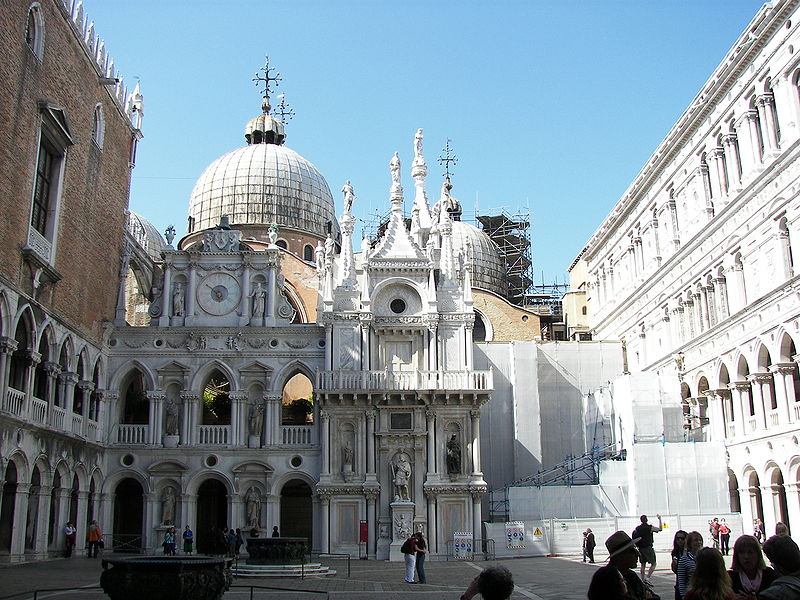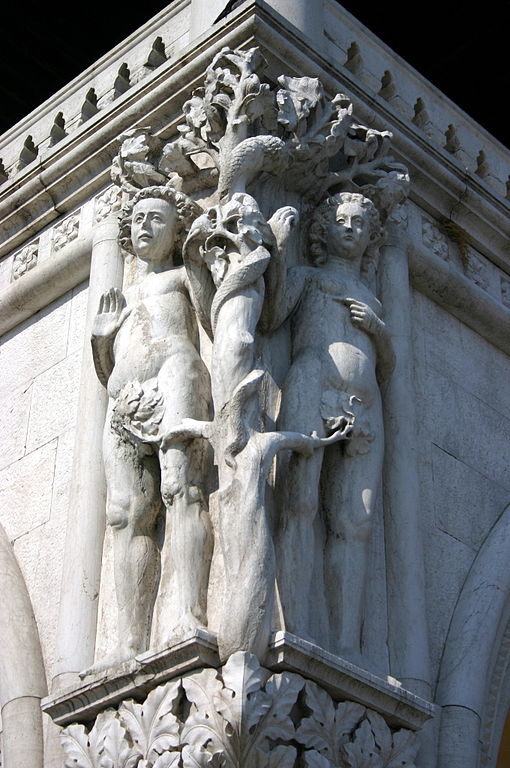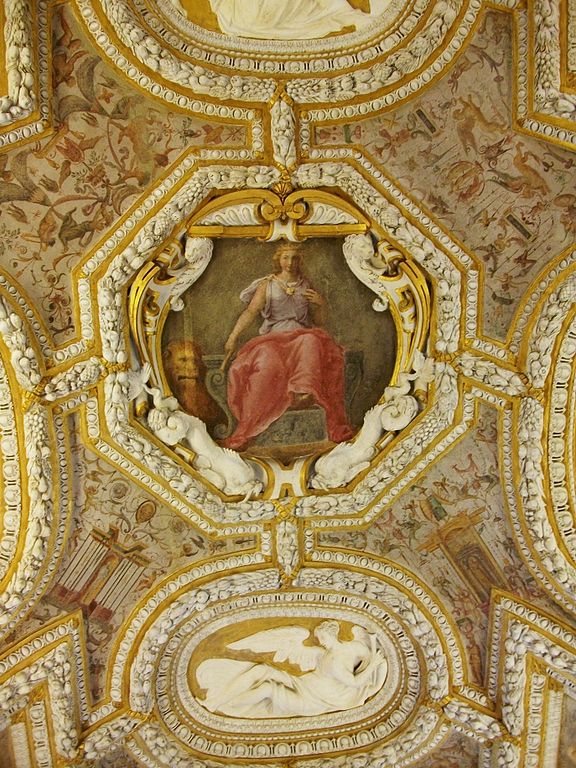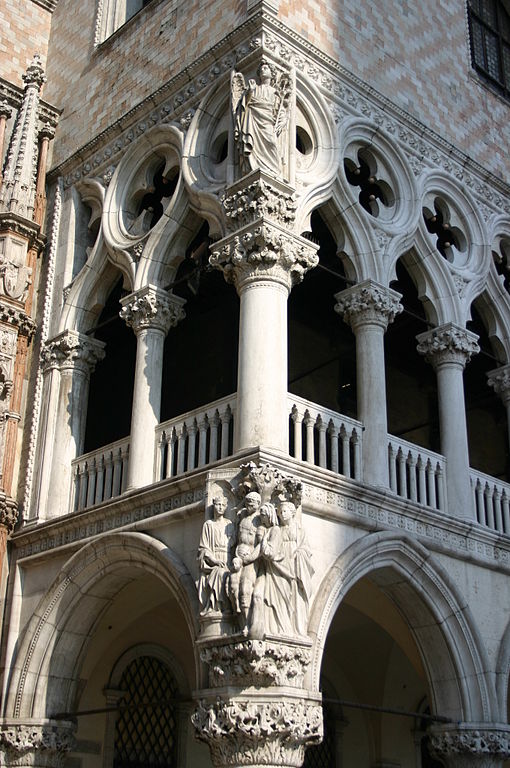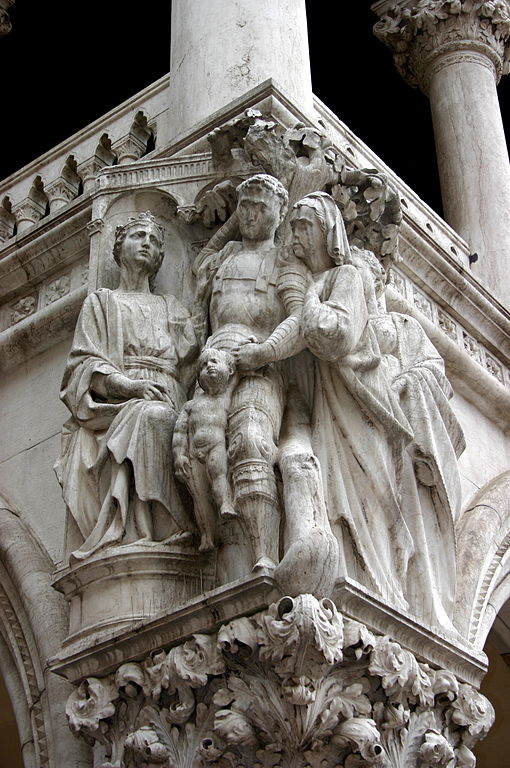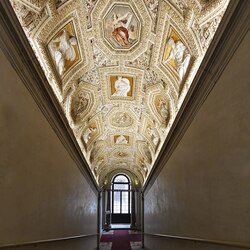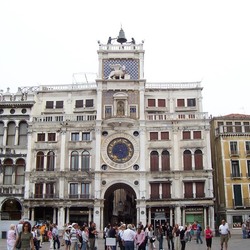Doge's Palace
The Doge's Palace is a building that served as a residence for the Venetian rulers for centuries. The palace has a rather difficult history, full of mysteries, intrigues, incidents and sufferings.

The history of the palace
During its centuries-old history, the Doge's Palace was the meeting place of the Senate, the Council and the Supreme Court of Venice, the headquarters of the secret police, on the ground floor there were censors, chancery, lawyers. The upper floors were allocated to political prisoners. The head of the Republic of Venice is called the Doge, hence the name of the palace. The foundation was laid back in 810, but it was a fortress with moats and towers, inhabited by Pietro Candiani IV. But his greed led to conflict with the people and the nobility. The first attack on the fortress was repulsed, then the residents set fire to neighboring houses, from where the fire spread to the fortress. The Doge was killed during an escape attempt. The inhabitants rebuilt the fortress, although it burned down again in 1106. After some thought, the architects and rulers came to the conclusion that the fortress was not needed, because Venice had the sea and a powerful fleet to protect it from invaders. In the 12th century, the moats were filled in, and a magnificent palace was built on the site of the old fortress over several centuries. In 1577, a fire severely damaged the building, but restorers restored the building's appearance.
The interior of the palace
Due to the centuries-old construction under the guidance of various architects and numerous alterations, the rooms of the Doge's palace may cause slight confusion for the first time, but each element of the palace carries artistic and practical meaning. Under the open gallery on the ground floor, it was easy to hide from the hot sun at noon. There is a room with columns on the second floor, but columns 9 and 10 are made of marble with a red tint, this is not accidental, death sentences were carried out between them. A staircase leads from the courtyard to the palace, named the "staircase of giants" because of its size. Next to it there are statues of the patron saints of Venice - Neptune and Mars. Celebrations were held in the room with the stairs, including the inauguration of the doge. A staircase leads to a covered gallery on the second floor. Lion heads with open mouths are often found in the palace, decrees, petitions and denunciations were placed in them.
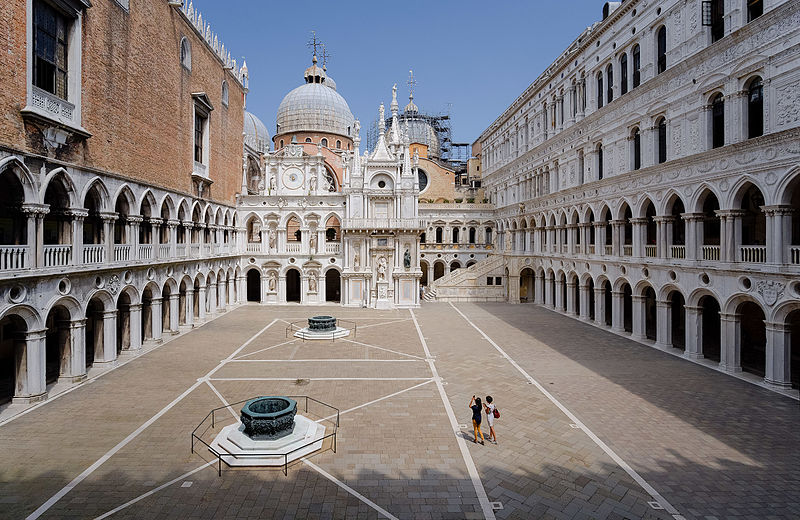
The main halls of the palace are easily accessible via a golden staircase. The Grand Council Hall occupies the entire southern part of the Doge's Palace. It is decorated with works by great artists, as well as paintings depicting portraits of all doges except Doge Marino Faliero, instead of a painting there is an inscription.: "This is the place of Marino Faliero, executed for treason." Officials were being elected in the Hall of fate, and convicts were waiting for the verdict in the compass hall. Trials of political prisoners were held in Hall ten, and above the hall are the detention cells where the philosopher Giordano Bruno and the ladies' man Giacomo Casanova once sat.
There are a lot of halls and rooms in the palace where the fate of the country was decided, but today the palace is a museum.
